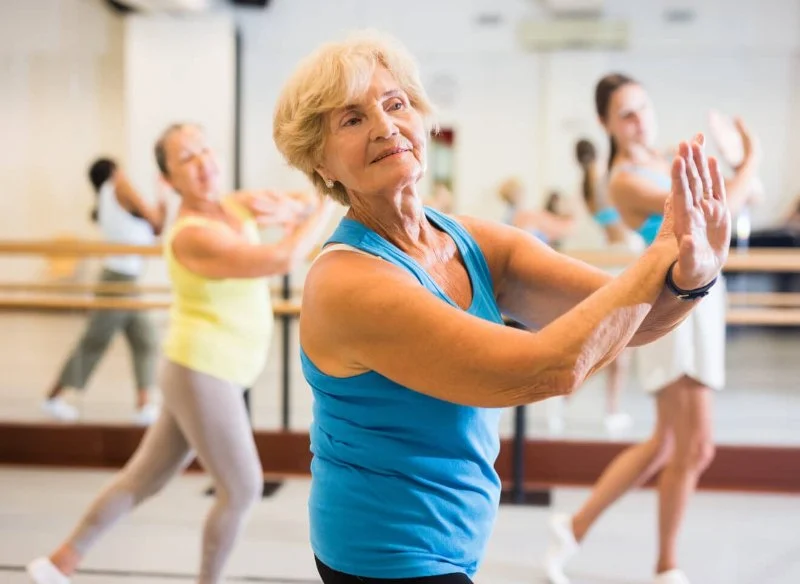
- 1. Why Shuffle Dance is Great for Seniors
- 2. Common Shuffle Dance Mistakes to Avoid
- 3. Tips for Senior Shuffle Dancers
- 4. How to Start Shuffle Dancing
- 5. The Benefits of Shuffle Dancing for Seniors
- 6. Where to Find Shuffle Dance Classes for Seniors
1. Why Shuffle Dance is Great for Seniors
Shuffle dancing is an energetic and exciting dance form that has become incredibly popular in recent years, especially among younger generations. However, shuffle dancing is also a fantastic way for seniors to stay active, improve their coordination, and enjoy social interactions. This dance style provides a low-impact cardiovascular workout, enhances balance, and can help boost overall mental and physical health.
Whether you’re new to dance or experienced in other forms of movement, shuffle dance can offer a fun way to stay fit while learning something new. Plus, it can be done at your own pace, making it an excellent choice for seniors of all abilities.
2. Common Shuffle Dance Mistakes to Avoid
Like any new skill, shuffle dancing comes with its learning curve. It's common for seniors to encounter challenges while learning the moves. Here are some common mistakes to avoid that can help you improve and enjoy your dance experience more effectively:
2.1 Overstraining the Feet and Ankles
One of the most common mistakes seniors make when starting shuffle dance is overstraining the feet and ankles. Shuffle dancing involves rapid foot movements, which can be hard on joints if done incorrectly. Ensure you warm up properly before each session, and take breaks to avoid overexertion. Wearing supportive shoes can also prevent unnecessary strain.
2.2 Incorrect Posture and Balance
Another mistake is having improper posture, which can make balancing and performing the steps harder. Shuffle dance requires good posture to maintain balance. Make sure to keep your spine straight, engage your core, and avoid leaning forward or back too much. Proper alignment will also help protect your lower back and knees.
2.3 Rushing the Steps
Many beginners tend to rush through the shuffle dance moves, thinking they need to move quickly to get the rhythm right. However, moving too fast can cause you to lose coordination and miss steps. It’s essential to slow down and focus on precision before increasing your speed. Starting with simple movements will help you gain confidence and improve your technique.
2.4 Forgetting to Keep the Movements Smooth
Shuffle dancing is about fluid, smooth movements, not just quick, jerky steps. Many seniors may forget to focus on the smoothness of their footwork. If you concentrate on keeping your movements controlled and deliberate, it will not only look better but also feel better for your body.
3. Tips for Senior Shuffle Dancers
As a senior shuffle dancer, here are some tips that can help you improve your technique and enjoy the process even more:
3.1 Start with Basic Steps
It’s important to start with basic shuffle steps before attempting more advanced moves. Mastering the fundamentals will help build a strong foundation, making it easier to learn more complicated routines in the future. Practice simple moves like the "running man" and basic side steps before moving on.
3.2 Use the Right Footwear
Good footwear is essential for shuffle dancing, especially for seniors. Look for shoes that provide ample support and cushioning for your feet. Soft, flat-soled shoes or sneakers with good grip can help with stability and prevent unnecessary pressure on your joints. Avoid high heels or shoes with inadequate support.
3.3 Take Your Time
Don’t rush through learning the moves. Take it slow and focus on mastering each step. Shuffle dancing is about precision and fluidity, and it’s better to perform the moves slowly and correctly than to try and rush and risk injury or frustration.
3.4 Build Strength and Flexibility
Shuffle dancing can be physically demanding, so it’s a good idea to work on strengthening your legs, ankles, and core, as well as improving your flexibility. Exercises like leg lifts, ankle rotations, and stretching can help prepare your body for the demands of shuffle dancing.
4. How to Start Shuffle Dancing
If you’re new to shuffle dancing, the best way to start is by watching tutorial videos or joining a class specifically designed for beginners. Many online platforms and local dance schools offer beginner-friendly shuffle dance lessons that break down the moves step by step. If you're unsure where to start, consider looking for classes tailored to seniors that emphasize safety and ease of learning.
The most important thing is to be patient with yourself and keep practicing. The more you practice, the more confident you’ll become in your movements.
5. The Benefits of Shuffle Dancing for Seniors
Shuffle dancing offers numerous benefits for seniors, both physically and mentally. Here are a few reasons why shuffle dancing is worth considering:
5.1 Improves Cardiovascular Health
Shuffle dancing is a great cardiovascular workout that gets the heart pumping and boosts circulation. Regular dance sessions can help improve heart health, increase stamina, and improve overall fitness levels.
5.2 Enhances Coordination and Balance
The quick movements and footwork required in shuffle dance can improve coordination, agility, and balance. This is especially important for seniors as it can help reduce the risk of falls and improve mobility.
5.3 Boosts Mental Health
Shuffle dancing is not only good for your body, but it also has positive effects on your mental health. Dancing releases endorphins, which are known as "feel-good" hormones. It can also help reduce stress and anxiety while keeping your mind engaged and sharp.
6. Where to Find Shuffle Dance Classes for Seniors
If you’re interested in taking shuffle dance classes, you can visit the American Dance Academy for excellent options. They offer classes specifically designed for older adults, focusing on proper techniques and safety. Whether you’re a beginner or want to improve your shuffle dance skills, these classes provide a welcoming environment where you can learn at your own pace.
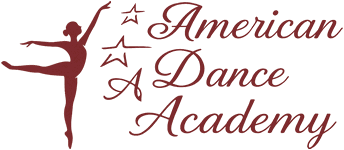
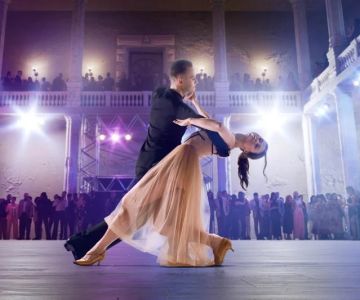
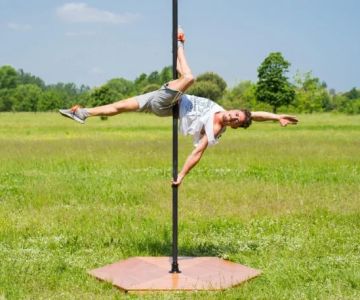
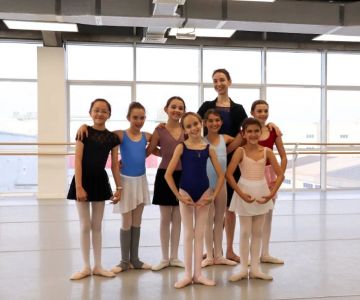
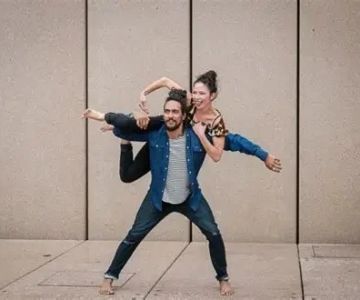
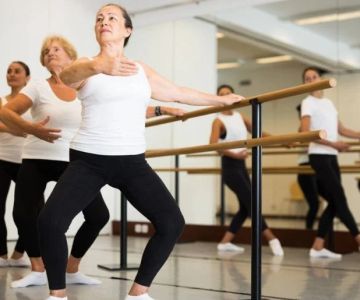
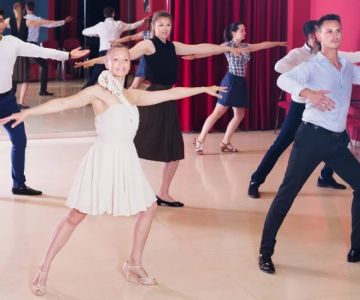
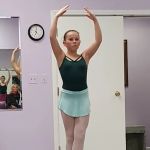 Barrington Dance Academy5.0 (22 reviews)
Barrington Dance Academy5.0 (22 reviews)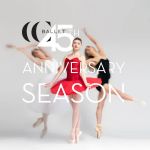 Canyon Concert Ballet4.0 (17 reviews)
Canyon Concert Ballet4.0 (17 reviews) Big City Dance Center LLC4.0 (25 reviews)
Big City Dance Center LLC4.0 (25 reviews)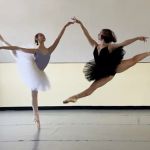 Tye Chua Dance & Kalamazoo Ballet5.0 (18 reviews)
Tye Chua Dance & Kalamazoo Ballet5.0 (18 reviews)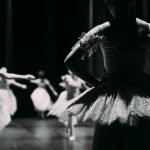 Fenton Ballet Theatre4.0 (24 reviews)
Fenton Ballet Theatre4.0 (24 reviews) Front Street Dance Center5.0 (7 reviews)
Front Street Dance Center5.0 (7 reviews)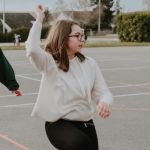 Are There Dances in Middle School? What Students and Parents Should Know
Are There Dances in Middle School? What Students and Parents Should Know How a Dance School in Instagram Builds Community and Success
How a Dance School in Instagram Builds Community and Success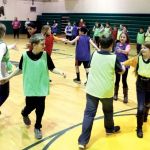 Why Do Schools Teach Square Dancing?
Why Do Schools Teach Square Dancing?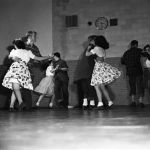 Why Was Square Dancing Taught in School?
Why Was Square Dancing Taught in School? Why Swing Dance Is Popular for Adults
Why Swing Dance Is Popular for Adults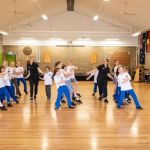 A School Dance: How to Prepare, Shine, and Make It Unforgettable
A School Dance: How to Prepare, Shine, and Make It Unforgettable